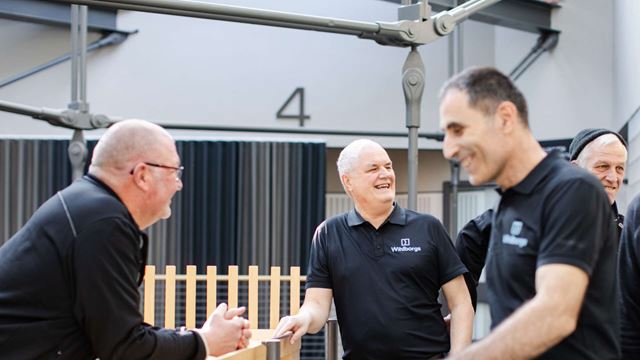

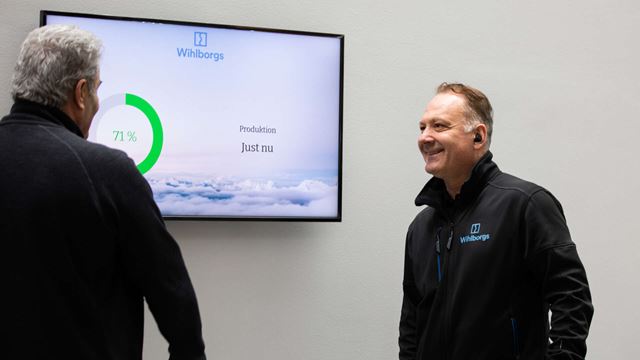
Since 2010, we have signed the United Nations Global Compact annually, demonstrating our commitment to take clear responsibility in the areas of human rights, labor rights, the environment, and anti-corruption. We also have an internal environmental management system where we systematically identify and drive operational environmental considerations. There is environmental legislation that we must consider, for example, routine descriptions and a number of self-inspections.
Strategic goals
- To halve our carbon dioxide emissions from operations (scope 1-2) by 2030 compared to 2018, which means we will reduce our carbon dioxide emissions by 2,750 tons of CO2 equivalent.
- To halve our so-called indirect emissions in the value chain (scope 3) by 2030 compared to 2020.
(Our strategic goals are related to Science Based Targets).
Operational goals
- Our carbon dioxide emissions from operations (scope 1-2) will be less than 1.5 kg CO2 equivalent per square meter by the end of 2022.
- For the purchase of goods and services such as building materials (scope 3), we will halve our climate emissions by 2030 per square meter of real estate area with 2020 as the reference/base year (from today's calculated 8 kg CO2 eq/m2 to <4 kg CO2 eq/m2). This covers our New and Extension Projects, Renovation Projects, Tenant Adaptations, and Maintenance Projects.
- Continuously measure, report and progressively reduce emissions (scope 3) - quality assure data and increase the use of in-house developed climate data instead of templates.
** Climate emissions and greenhouse gases are terms used to talk about the gases that affect our climate. Carbon dioxide, methane, nitrous oxide, and a few other gases are included in this group. By expressing greenhouse gas emissions in carbon dioxide equivalents, we can compare the individual gases' contributions to the greenhouse effect. When expressing the emissions of a particular greenhouse gas in carbon dioxide equivalents, we are stating how much carbon dioxide it would take to have the same impact on the climate.
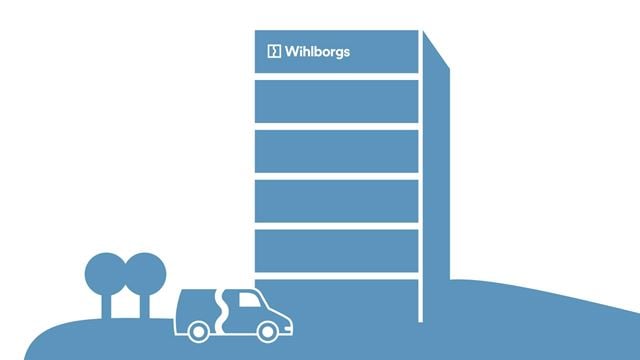
Scope 1
Own operations, for example refrigerants, service vehicles, company cars and gas consumption.
With respect to the climate impact of our own operations, we have taken a number of steps including only purchasing electric, hybrid or gas vehicles to transitioning to renewable biogas and rebuilding our cooling facilities. Leakage from refrigerants accounts for a considerable proportion of our climate emissions, which is why we have been developing our own cooling facilities for a number of years, through which our technology managers collaborate with our suppliers.
We are replacing old cooling machines with new ones that run on a natural refrigerant (propane), which has a very small climate impact should there be a leak compared with traditional refrigerants.

Scope 2
Energy purchased for operations, for example, electricity, district heating and district cooling.
To reduce the climate impact of energy we purchase for our properties, we work to systematically reduce energy demand, convert to renewable types of energy and install our own solar power systems at our properties.
Each year we carry out energy efficiency enhancement projects at selected properties. The fact that we have our own service technicians and operators with extensive expertise and strong system support means we are easily able to identify the properties with the greatest savings potential.
We are in principle solely using energy from renewable sources in our Swedish operations, and we are continuing to purchase renewable energy to the greatest extent possible in Denmark as well. However, there is limited access to renewable energy. We continually install new solar power systems and now have solar panels at a total of 21 properties.
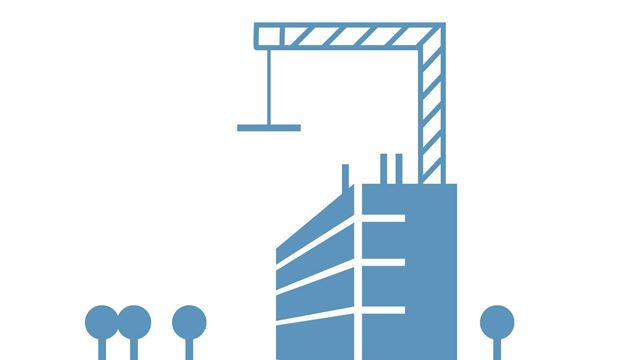
Scope 3
Construction projects
Purchasing goods and services, for example transportation of waste, flights, work trips in vehicles using a private vehicle. Tenants’ use of electricity at our premises via their own electricity agreements.
A large proportion of the property sector’s climate impact originates from the building process, and we are enhancing our efforts in this area together with the construction sector, for example via LFM30 in Malmö, the local roadmap for a climate-neutral construction sector in Malmö by 2030.
The Zero CO2 certification is another important initiative, where we are planning for our first certification; for the Vista (Bläckhornet 1) project in Hyllie. We we need to adopt a lifecycle perspective for the buildings and it is important that we as far as possible reuse, renovate and convert existing buildings.
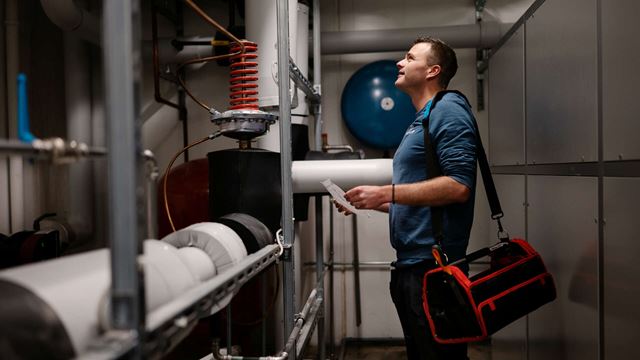
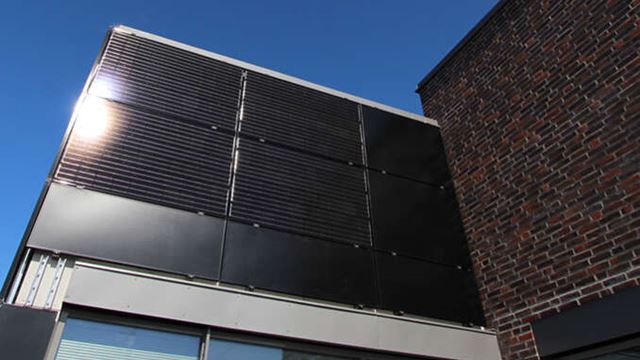
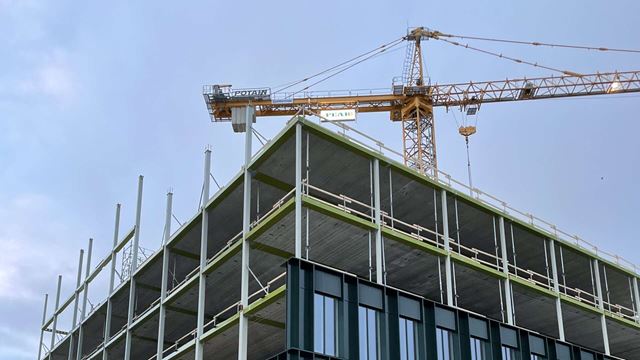
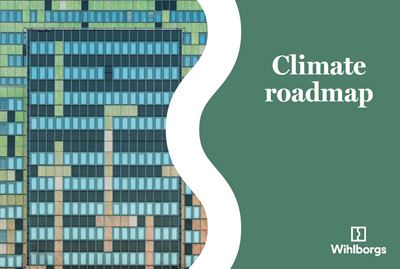
Climate Roadmap
How we are working towards a sustainable future, together.
Discover our Climate RoadmapA lifecycle perspective
Already in the design phase, the framework is set for the entire life cycle of the building. The decisions made in the design phase affect, for example, the possibility of flexible adjustments of the premises over time. Therefore, we already in this stage focus on flexibility, resource optimization and choice of materials in dialogue with our tenants.
Climate adaptation
The need to climate-proof our properties has increased in line with climate change. This is largely managed through the property caretakers’ day-to-day work inspecting the buildings. To future-proof new buildings, we conduct climate risk analyses at an early planning stage to establish any location-specific climate risks and identify suitable measures for climate-proofing buildings. Climate adaptation is also one of the points on our contract documentation sent to contractors.
Some examples to reduce the effects of climate change include installing green roofs that slow down rainfall and cool buildings in summer, planting trees that offer shade and reducing the amount of impermeable surfaces in favour of materials that can absorb rainwater. The field is still relatively new and we see potential to work more actively on these issues in the future as we expect to see changing weather conditions in the Öresund region.
Our own solar power systems
By installing own solar power systems, we reduce the need for purchased energy, and we can produce our own renewable energy that is often used directly at the properties.
We also contribute to more robust energy systems locally by way of lower power requirements, as solar power fills the gap during certain periods. In 2020, we installed more new solar power systems, including at voestalpine Böhler weldcare AB’s new facility at Stenåldern 7 in Malmö and MilDef AB’s new premises at Musköten 20 in Helsingborg. In Denmark, solar panels were installed at two properties: Lautruphøj 8 in Ballerup and Banemarksvej 50 in Brøndby.
We now have solar panels at a total of 21 properties in Sweden and Denmark.
Contact
